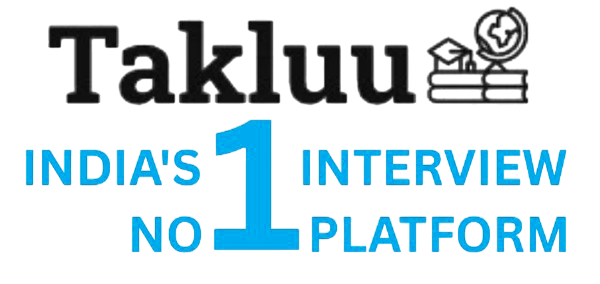Ques:- Can you explain the key principles of the Agile Manifesto
Asked In :-
Unyscape Infocom Pvt. Ltd., DREAMORBIT SOFTECH PVT, Netaxis IT Solutions (p), Ziffity Solutions, STIC SOFT E-SOLUTIONS, Itobuz Technologies, Aakit Technologies, Priya Softweb Solutions, iROID Technologies, TNQ Technologies,
Right Answer:
The Agile Manifesto values:
* **Individuals and interactions** over processes and tools.
* **Working software** over comprehensive documentation.
* **Customer collaboration** over contract negotiation.
* **Responding to change** over following a plan.
That is, while the items on the right have value, we value the items on the left more.
The Agile Manifesto values:
* **Individuals and interactions** over processes and tools.
* **Working software** over comprehensive documentation.
* **Customer collaboration** over contract negotiation.
* **Responding to change** over following a plan.
That is, while the items on the right have value, we value the items on the left more.

